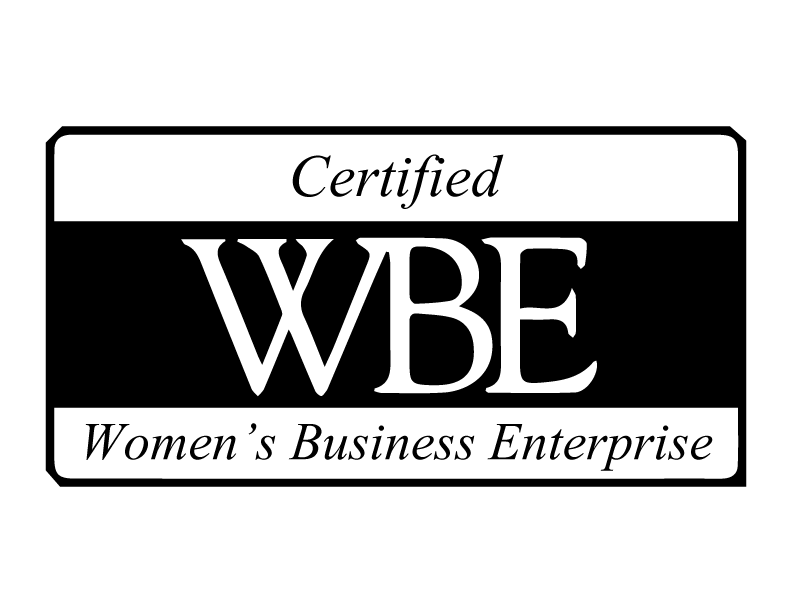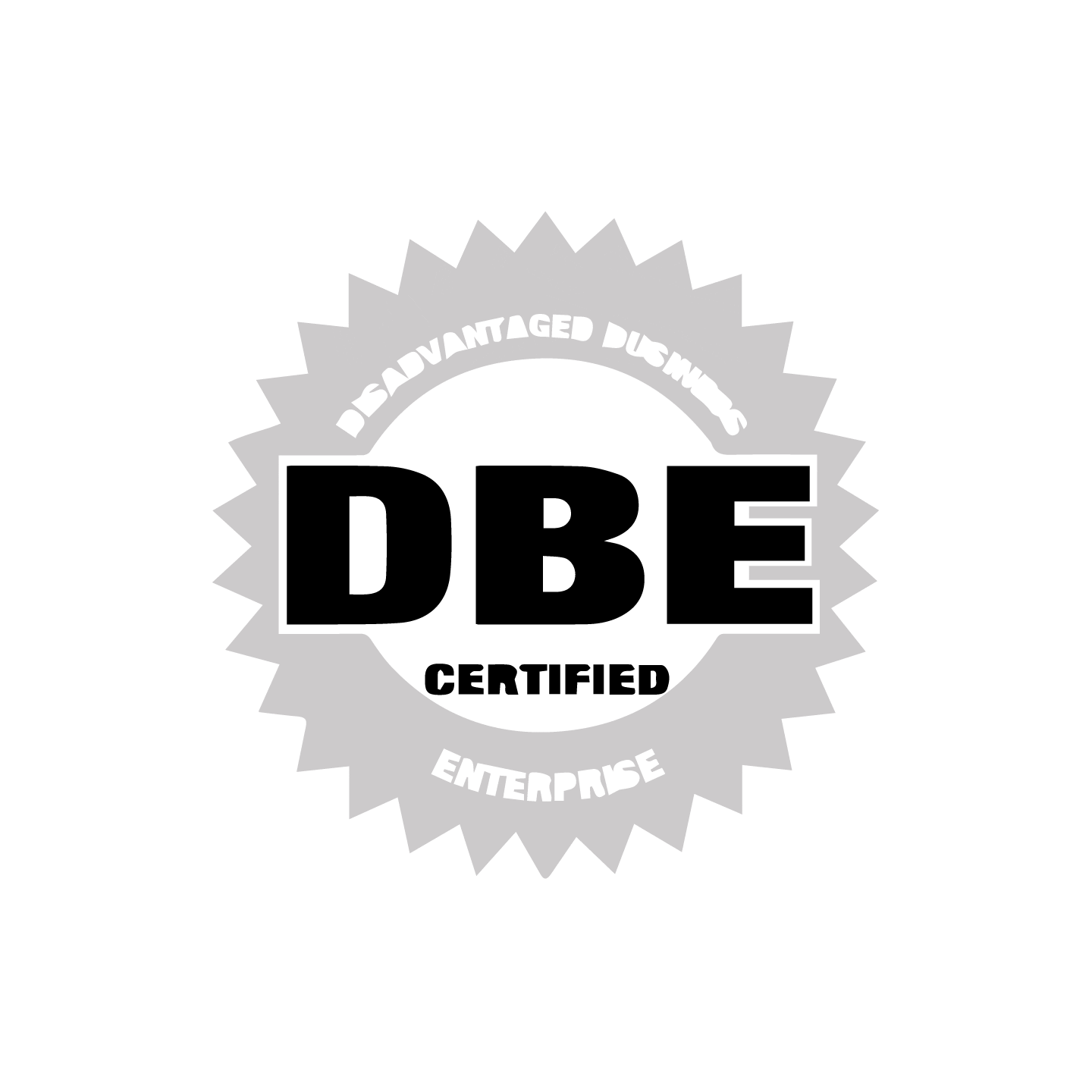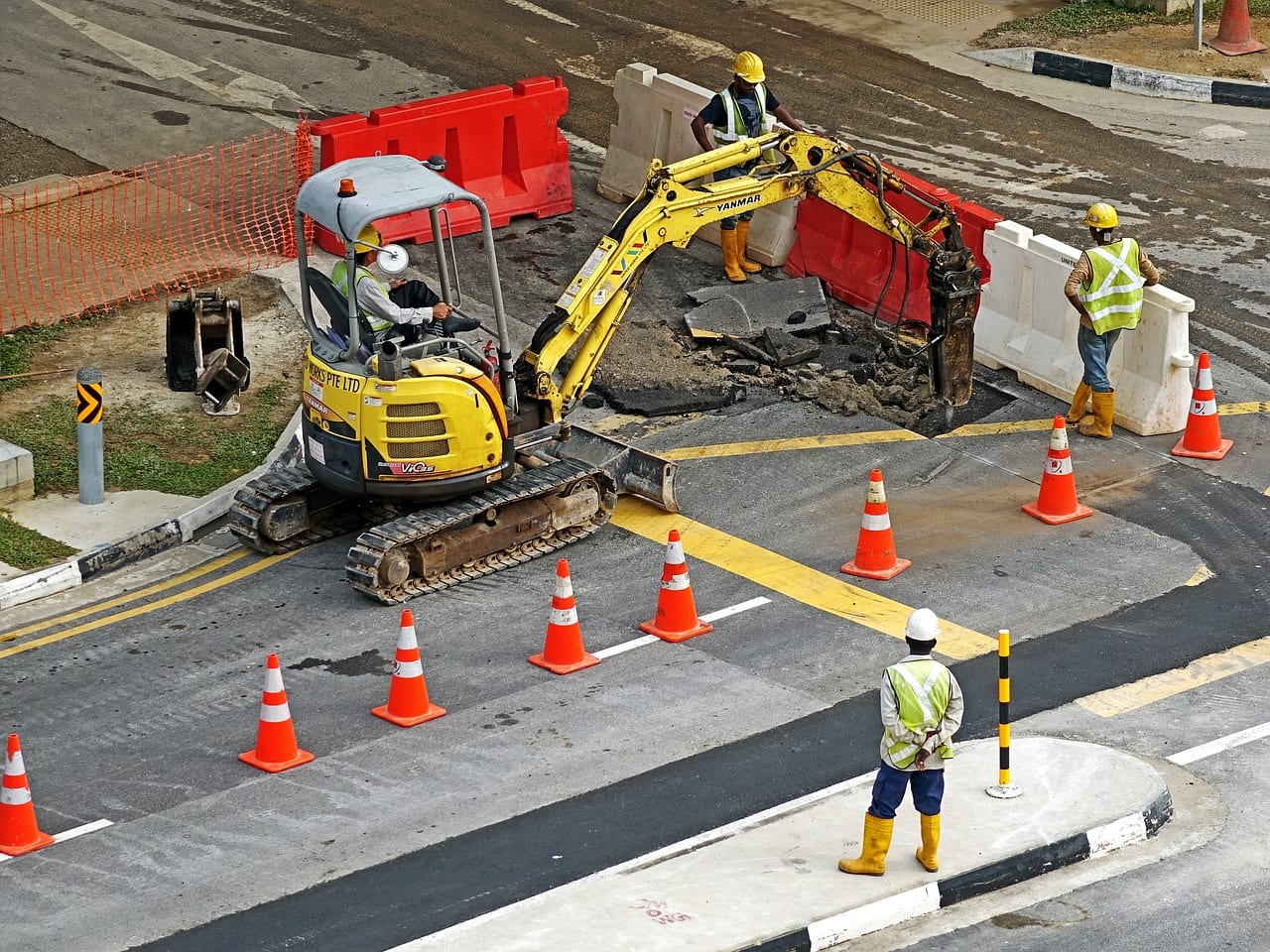As National Safety Month approaches, this seems like an appropriate time to address safety tips for workers and employees. With that being said, here are 10 construction site safety tips to help employers provide a safe working environment for their employees.
1. Duty To Have Fall Protection
Duty to have protection is one of the leading causes of worker death in construction. Employers must implement fall protection systems to protect workers. Employers are mandated to provide fall protection systems to protect workers on surfaces that have unprotected sides or edges. Fall protection includes safety net systems and guardrails. All workers should be aware of the potential tall hazards on a job site. Any workers using a fall arrest system should inspect it first to make sure that they are free of damage.
2. Ladders
Incorrect ladder usage can cause falls that result in serious injury or death. Common reasons for ladder accidents include improper ladder choice and failure to properly secure the ladder. Workers should maintain multiple points of contact while climbing a ladder. The employee should tie the ladder to a safe point to avoid falling or sliding. Employers should make sure that every employee is trained on how to properly use a ladder.
3. Scaffolds
Many construction workers perform work on scaffolds. While doing their job, workers are at risk of falling or being electrocuted. Workers should wear hard hats at all times. Wear sturdy boots and use tools when working to avoid a slip and fall accident. Every employer should inspect the scaffolding before the start of each work day to make sure that everything is safe for use.
4. Fall Protection Training
Providing proper training to workers can prevent the number of falls that occur at the construction site. Once they have completed training, workers should be able to understand the dangers of falling and the different procedures to help minimize the potential for a fall. Information covered during the training program should include; proper erection of fall protection systems and the nature of fall hazards present on the construction site.
5. Eye/Face Protection
Every worker should have the proper face and eye protection when there are hazards present from liquid chemicals, flying particles, or acids. Make sure that the eye protection fits comfortably. Employers have an obligation to make sure that the eye and face protection is clean and working properly.
6. Toxic Substances
Employers often have hazardous chemicals through the workplace. Some hazardous materials found at construction sites include; lead, asbestos, and zinc. All employees must be able to use Material Safety Data Sheets for any chemical that is used at the construction site. All employers must implement a written hazard communication program that includes an inventory of every chemical used at the site.
7. Head Protection
Headwear protects workers from a number of hazards such as flying objects and electrical shock. Workers should regularly check their headwear for crack, dents, or natural deterioration. Employers should comply with the head protection standards outlined by the American National Standards Institute. Once there is damage to the headwear, it should be replaced immediately.
8. Aerial Lifts
Aerial lifts are used to help workers elevate to perform tasks on vertical towers or other tall things. Aerial lifts have potential hazards. All workers should be trained on how to properly use an aerial lift.
9. Fall Protection Criteria
This covers requirements like having the proper guardrail height and having the proper tensile strength. Every employee should be aware of potential fall hazards. Employers are mandated to install all required fall protection systems before the start of any work.
10. General Safety Provisions
These provisions are in place to make sure that workers are required to work in surroundings that are safe and clean. Every worker should understand that there are protections in place for their safety. Employers are mandated to create safety programs that look out for the best interest of every worker.














